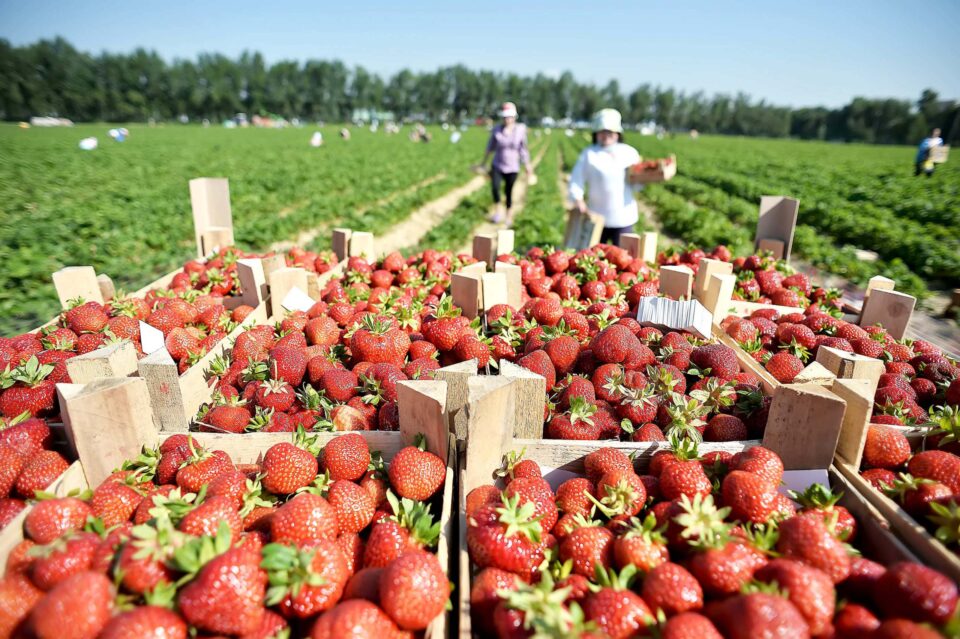According to the Agency for Interventions and Payments in Agriculture (AIPA), about 97 hectares of new strawberry plantations were planted in Moldova last year – almost twice as much as in the previous year of 47 hectares. However, these figures do not fully reflect the actual state of affairs. Unlike farmers, not all berry growers apply to the department for post-investment subsidies upon the establishment of new plantations since the bulk of the berries is grown on less than 1 hectare (owner-farmers often do not have the time, knowledge, or trust in government institutions to draw up the relevant documents). Nevertheless, the AIPA data are sufficient to draw the conclusion that in 2020, the process of increasing the production capacity in the strawberry segment of the berry business in Moldova continued.
Read also: Heavy snowfall in Moldova potential factor in price growth for vegetables
Members of the Moldovan Berry Producers Association clarify that the expansion of new strawberry plantations last year was planned at the end of 2019 and the beginning of 2020 before the pandemic hit. It was assumed that dessert berries would be sold at a decent price if not for export then on the domestic market or, at the very least, any fresh market surplus would go for processing. Hence, it was believed that any loss of goods and income in cases of unfavourable events would be minimal. This is partly what happened, but then the pandemic-related suspension of open-air horticulture markets and the forced priority of retail chains influenced, presumably, the outlook for berry farmers and vegetable growers.
The breakdown of export-oriented commercial chains in late spring-early summer of last year also significantly changed the marketing format for Moldovan strawberries. Large berry clusters in the north of Moldova sharply reduced external supplies of products, but more were sold on the domestic market and at a rather high price in part to the drought. The forced temporary reduction due to pandemic restrictions of contraband supplies of berries to the Moldovan market also had an impact.
How will the situation develop in the berry business of Moldova in 2021?
According to representatives from the berry association, there are still many unknowns. Risks are multiplying such as the purchasing power and demand for expensive (albeit “healthy”) fruit products are decreasing, decapitalization of local agriculture continues, and logistical difficulties from the waves of restrictions due to COVID-19 have not been overcome. The HoReCa sector is still in deep crisis.
Even in the realities of a two-year production cycle in the strawberry segment of the berry business, it will be difficult for farmers to completely curtail the investment process. However, to all appearances, optimization (towards reduction) will happen without fail.
The use of the site materials is free if there is a direct and open for search engines hyperlink to a specific publication of the East-Fruit.com website.




